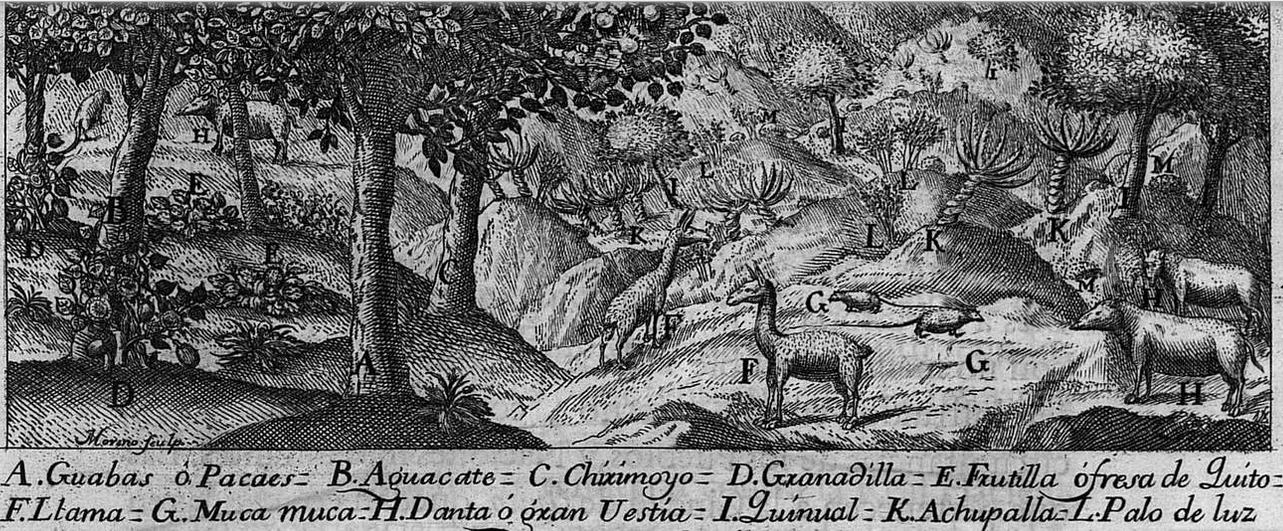‘Tapir’ is a name taken from Tupi, the native lingua franca of the Portuguese New World dominions. Today this name covers five extant species, including one from Malaya. Fernández de Oviedo recorded what seems to be the first transfer of an Old World name to the tapir. Oviedo remarked that the Spaniards from Tierra Firme or mainland South America had been using ‘danta’ to refer to an animal that the natives called beori for the quality of its hide. In turn, that name had been the eventual result of a late medieval transfer of words and properties of African animals to rather distinct ones of Northern Europe. ‘Anta’ and the several versions of this word derived from the Arabic lamt or lamta, which denoted the oryx of the Sahara, a kind of ‘antelope’. The transfer of names was frequent. Through comparison, analogy and translation, the fauna and flora of the Americas were incorporated in a novel ordering of knowledge wherein names were inherent elements of things.
TAPIR
Flora and fauna of Quito, A. Ulloa, Relación histórica del viage a la América meridional (Madrid: Antonio Marin, 1748; courtesy of the John Carter Brown Library).
Irina Podgorny
Further reading
- Azara, F. (1838) The Natural History of the Quadrupeds of Paraguay and the River la Plata (Edinburgh: Black).
- Cook, H. (2007) Matters of Exchange: Commerce, Medicine, and Science in the Dutch Golden Age (New Haven, CT: Yale University Press).
- Gade, D. (1999) Nature and Culture in the Andes (Madison, WI: University of Wisconsin Press).
- Temkin, O. (1994) The Falling Sickness: A History of Epilepsy from the Greeks to the Beginnings of Modern Neurology (Baltimore, MD: Johns Hopkins University Press).
- Wear, A. (2000) Knowledge and Practice in English Medicine, 1550–1680 (Cambridge: Cambridge University Press).





